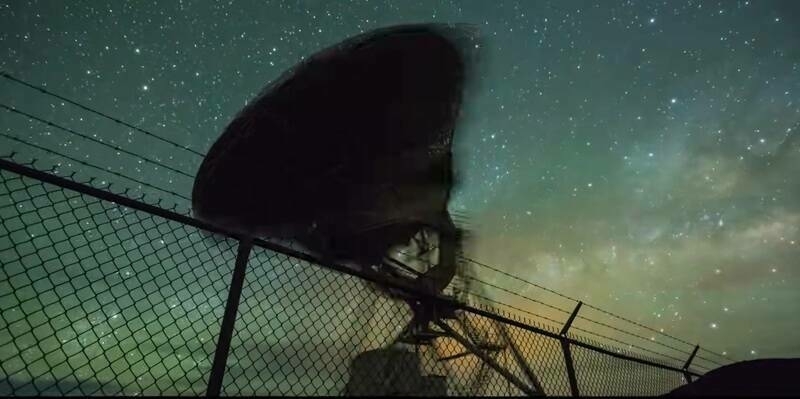EUMETSAT’s Metop-C was launched from the European Space Port in Kourou, French Guiana, on 7 November. Its instruments have been progressively switched on and tested.
The IASI instrument was developed by the French Space Agency (CNES) and built by Thalès Alenia Space.
It provides information on the vertical structure of the atmospheric temperature and humidity at an unprecedented accuracy and vertical resolution of 1km. The IASI also monitors concentrations of trace and greenhouse gases, such as ozone, carbon monoxide and sulphur dioxide, in the atmosphere.
As Metop-C’s “sibling” spacecraft Metop-A and –B are still fully operational, despite outlasting their design lifetime of five years, data from three IASI instruments will soon be available for use in weather forecasting and contribution to environmental and climate monitoring.
EUMETSAT Polar System Programme Scientist Dieter Klaes said, “The Metop satellites, which are the space component of the EUMETSAT Polar System, are the most important source of data for numerical weather prediction for forecasts from 12 hours to 10 days in advance.
“The data from Metop satellites make the biggest positive impact on the reduction in errors in forecasts one day in advance and the IASI instrument plays a significant role in that.
“The spectrum today, similar to those of the earlier instruments, documents the importance of advanced technology in an operational programme and demonstrates the benefits of cooperation with partners.
IASI Project Manager at CNES, Olivier Vandermarcq said, “A decisive step was achieved today with the production of the first spectrum of the Earth’s atmosphere by IASI on board Metop-C.
"As a Fourier interferometer, IASI is a complex mix of mechanical, optical and electronics components. It includes, for instance, a moving optical corner cube which will perform 76 million forward/backward cycles a year.
“Every component needs to do its job perfectly so that at the end, IASI works well and produces data from space with outstanding performances. This can never be taken for granted despite the exhaustive tests and activities performed on-ground before launch.
"This is why CNES is extremely satisfied and very proud of the success of this important step that is associated with the excellence of the partnership with EUMETSAT."
Subscribe to our newsletter
Stay updated on the latest technology, innovation product arrivals and exciting offers to your inbox.
Newsletter

